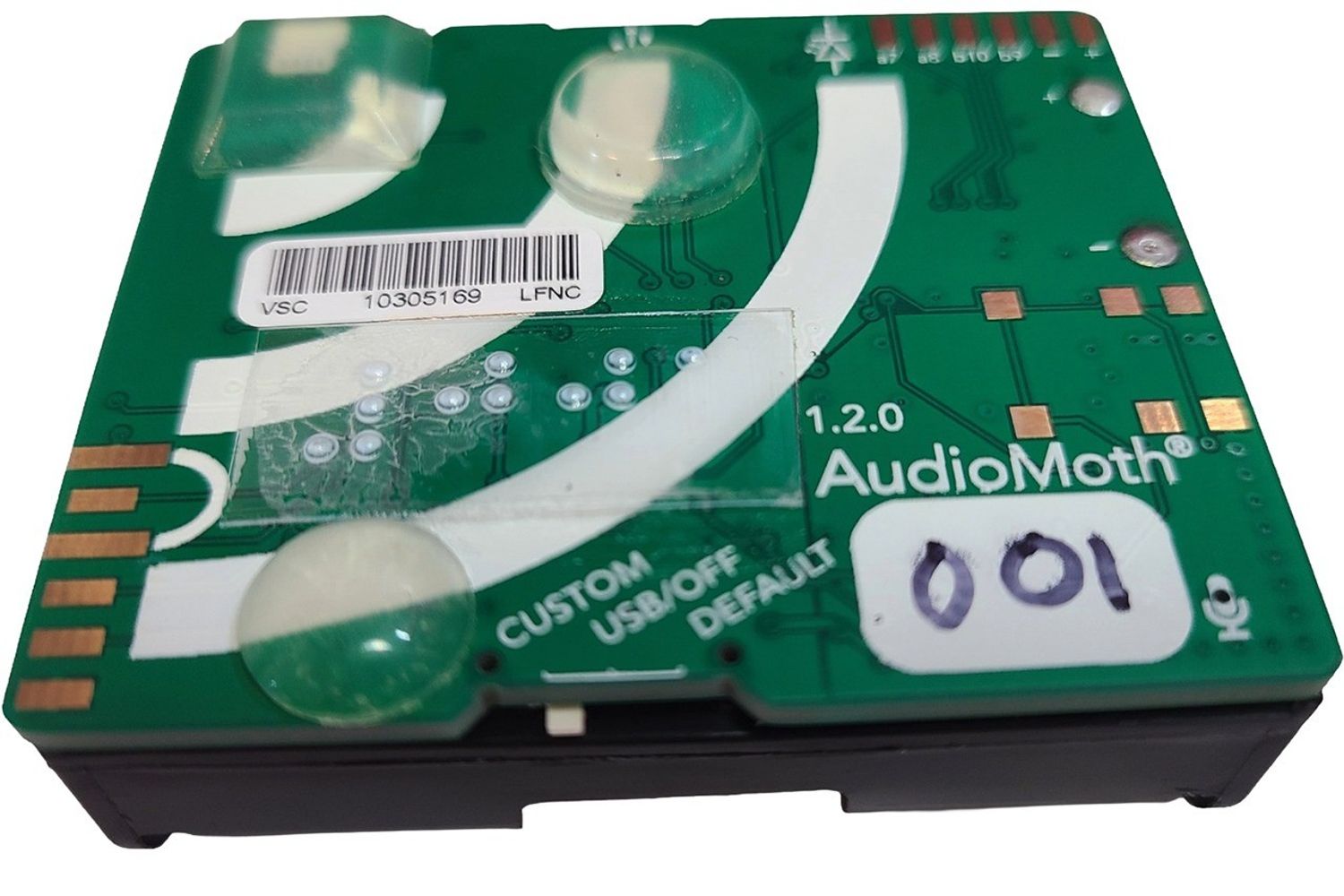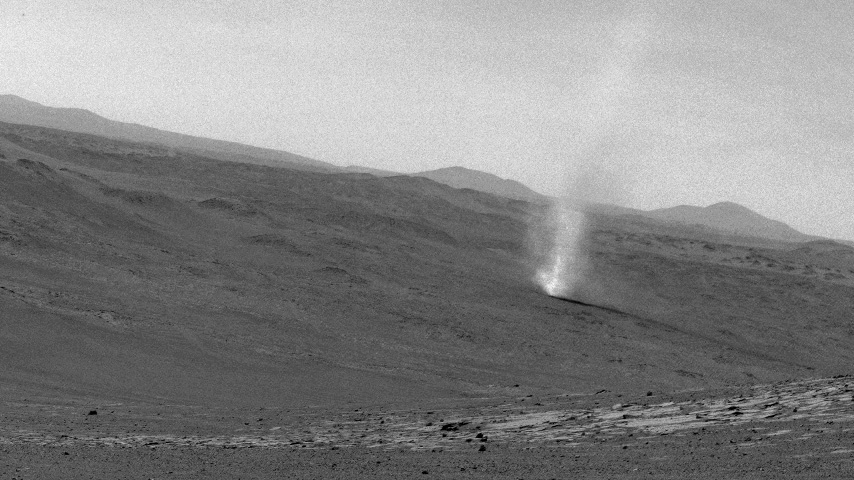Cassini Significant Event Report
For Week Ending 06/25/04
The most recent spacecraft telemetry was acquired from the Madrid tracking station on Wednesday, June 23rd. The Cassini spacecraft is in an excellent state of health and is operating normally. Information on the present position and speed of the Cassini spacecraft may be found on the "Present Position" web page located at http://saturn.jpl.nasa.gov/operations/present-position.cfm .
After an almost seven year trek to Saturn, the Cassini-Huygens spacecraft is less than one week away from reaching its goal. On June 30th at 7:36 PM Pacific Daylight Time, Cassini will execute a 96 minute burn that will provide a change in speed of 626 m/s, and allow it to be captured by Saturn's gravity. The closest approach to Saturn throughout the entire mission occurs at about 9:00 PM, shortly before burn completion, a mere 20,000 km above the cloud tops. Cassini will pass through the plane of the rings between the F and G rings, fly directly above the ring plane during the burn, then cross descending between the F and G rings. This allows for exciting observations of the mysterious rings after burn completion from a vantage point ten times closer than at any other time in the mission. After data collection is complete, the spacecraft will turn to Earth and play back the data it has collected. Cassini will then encounter Titan, on July 2nd, only 36 hours after Saturn Orbit Insertion (SOI), for a flyby at an altitude of 339,000 km. After the playback of data from the Titan flyby, Orbit Trim Maneuver-001 (OTM) will execute. This maneuver will be used to "clean-up" the trajectory after SOI. The spacecraft enters Solar Conjunction on July 4th, when Cassini is behind the Sun as seen from Earth. At that time, communication will be limited for the next eight days.
The spacecraft is programmed to take a number of unique science observations during SOI. Being so close to the planet allows the Magnetometer Subsystem (MAG) to measure the strength and direction of the magnetic field. Small irregularities in the field so close to the planet can reveal clues about the structure of the very deep interior
and core of Saturn, and help to understand how magnetic fields are generated. Concurrent with these observations, the Radio and Plasma Wave Science (RPWS) instrument will be listening for radio wave evidence of lightning from the planet, waves in the ionosphere, and large meteoroid impacts on the rings. After the burn is complete, the spacecraft will be oriented in two different directions - generally not looking straight down - to allow coverage of as much of the rings as possible in the time available, while simultaneously allowing the magnetic fields to be measured. Ring properties are known to vary on very fine scales. Being able to resolve fine scale structure is essential to all of Cassini's remote sensing instrument objectives. The instruments will measure different properties, such as composition, temperature, and localized clumpy structure.
Several activities occurred during preparation for SOI. A series of commands was sent to initialize and verify the SOI critical sequence, among them pointing the spacecraft to the initial attitude, and transition from reaction wheel to thruster control. The instruments were placed in their proper configuration for the event.
The SOI critical sequence began executing on Tuesday. This marked the start of continuous coverage by the Deep Space Network, which will continue until after the clean-up maneuver on July 3rd.
Other spacecraft activities included the uplink and start of execution of tour sequence S02, the uplink and verification of Probe Checkout 14, VIMS ring mosaics, ISS observations of a full rotation of Saturn in three methane and nearby continuum filters for cloud and haze sounding, ISS data collection for the creation of movies of the A and C rings while simultaneously searching for satellites in the ring gaps. Seven of Saturn's moons, namely Dione, Enceladus, Hyperion, Iapetus, Mimas, Rhea and Tethys were also observed this week.
Trajectory Correction Maneuver (TCM)-22 was cancelled due to the excellent trajectory conditions achieved with TCM-21.
The Navigation team released a new reference trajectory that extends from now through the four years of the tour. T2004-01 was updated with new satellite ephemerides, planetary ephemerides, and spacecraft orbit determination solution. For this trajectory, an Iapetus flyby altitude constraint was relaxed so that several other constraints
could be met, achieving a better overall trajectory for science purposes.
Sequence development activities are proceeding on schedule. Science Operations Plan (SOP) Implementation of tour sequences S29 and S30 were completed and closed with a wrap-up meeting. These products have now been archived and will be dusted off in December of 2006 for the start of the Aftermarket process. The official port #1 merged
products for S04 as part of the SOP Update process, and S31/S32 as part of the SOP Implementation process have been delivered to the ACS team for end-to-end pointing validation. SOP Implementation for S33/S34 began this week. A waiver assessment meeting for S03 currently in the Science and Sequence Update Process was cancelled
due to the absence of new waiver requests in the system.
Scientists met at a workshop in Tucson, Arizona to jointly analyze the Phoebe data in preparation for Wednesday's press conference. The press conference, held at JPL, provided a forum for team members from ISS, VIMS, UVIS, and CIRS to present their initial findings. Phoebe appears to be a primordial mixture of ice, rock and carbon-containing compounds similar in many ways to material seen in Pluto and Neptune's moon Triton. This composition indicates Phoebe formed in the outer solar system where it is cold enough for such compounds to
be stable. These findings lend confirmation to theories that Phoebe could be a Kuiper belt object.
The Cassini K-4 Literacy program is now online both on the home page:
http://saturn.jpl.nasa.gov/education/index.cfm and on the NASA Education Portal page:
http://www.nasa.gov/audience/foreducators/informal/features/ F_Extreme_Exploration_Extra.html. K-4 literacy uses the science and technology of Cassini-Huygens in language arts format to teach science, reading, and writing skills to our nation's youngest learners. The program has been successfully tested with diverse learners in underserved schools. Over 700 teachers have been reached regarding the program through literacy conferences. The Cassini Mission Literacy Program is now on MERLOT as a distinguished, high-quality source of learning material. MERLOT
(http://www.merlot.org) is an online community of faculty who are collaborating to increase the quantity of high quality web-based, interactive teaching and learning materials.
Last week's Phoebe flyby generated the largest web traffic ever to the Cassini site. The previous "month" high was May 2004 with ~230,000 unique visitors for the entire month. For 18 days, nearly 600,000 unique visitors viewed spectacular images of Phoebe. The estimate of the number of unique visitors is low, since for services
like America Online, all patrons from AOL to the site are seen as 1 visitor.
For the latest Phoebe images go to: http://saturn.jpl.nasa.gov
For additional articles on Phoebe please go to the following:
http://www-news.uchicago.edu/releases/04/040617.cassini.shtml
University of Chicago instrument ready to begin four-year study of Saturn's rings
University of Chicago News Release
June 17,2004
NEWS RELEASE: 2004-156
June 17, 2004
Cassini-Huygens Mission Status Report
For the latest images and more information about the Cassini-Huygens
mission, visit http://saturn.jpl.nasa.gov .
http://www.rockymountainnews.com/drmn/local/article/ 0,1299,DRMN_15_2978785,00.html
It's Saturn or bust for orbiter
Rocky Mountain News
June 21, 2004
Cassini Arrives at Saturn Next Week
Aviation Week & Space Technology
June 20, 2004
CASSINI VIMS TEAM FINDS THAT PHOEBE MAY BE KIN TO COMETS
UA News Services, 520-621-1877
June 23, 2004
Related Web site:
VIMS spectra of Phoebe
Cassini VIMS Homepage
http://wwwvims.lpl.arizona.edu/
June 23, 2004
Jet Propulsion Laboratory, Pasadena, Calif.
RELEASE: 04-202
CASSINI OPENS A COSMIC TIME CAPSULE
http://www.nasa.gov & http://saturn.jpl.nasa.gov.
Cassini will remake image of Saturn
Wednesday, June 23, 2004 Posted: 11:46 AM EDT (1546 GMT)
SPACE.com -- As the Cassini-Huygens mission prepares to go into orbit around Saturn, project scientists are eager to begin an eye-opening look at the planet and its environment.
CNN.com
'Saturn's moon 'a frozen time capsule' LOS ANGELES, California
(Reuters) -- Images snapped by NASA's Cassini spacecraft show that Saturn's moon, Phoebe, is not an asteroid but a 4.5-billion-year-old primordial body from the solar system's outer reaches, scientists said on Wednesday.
Additional information about Cassini-Huygens is online at http://saturn.jpl.nasa.gov.
Cassini will begin orbiting Saturn on July 1, 2004, and release its piggybacked Huygens probe about six months later for descent through the thick atmosphere of the moon Titan. Cassini-Huygens is a cooperative mission of NASA, the European Space Agency and the Italian Space Agency. JPL, a division of the California Institute of Technology in Pasadena, manages the mission for NASA's Office of Space Science, Washington, D.C.
Media Relations Office
Jet Propulsion Laboratory
California Institute of
Technology
National Aeronautics and Space
Administration
Pasadena, Calif. 91109.
Telephone (818) 354-5011


































